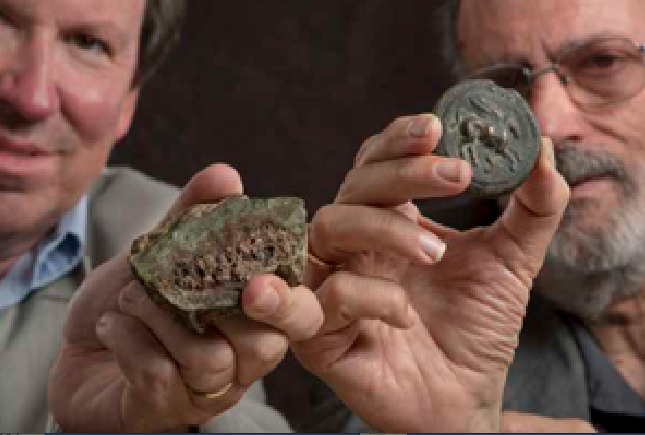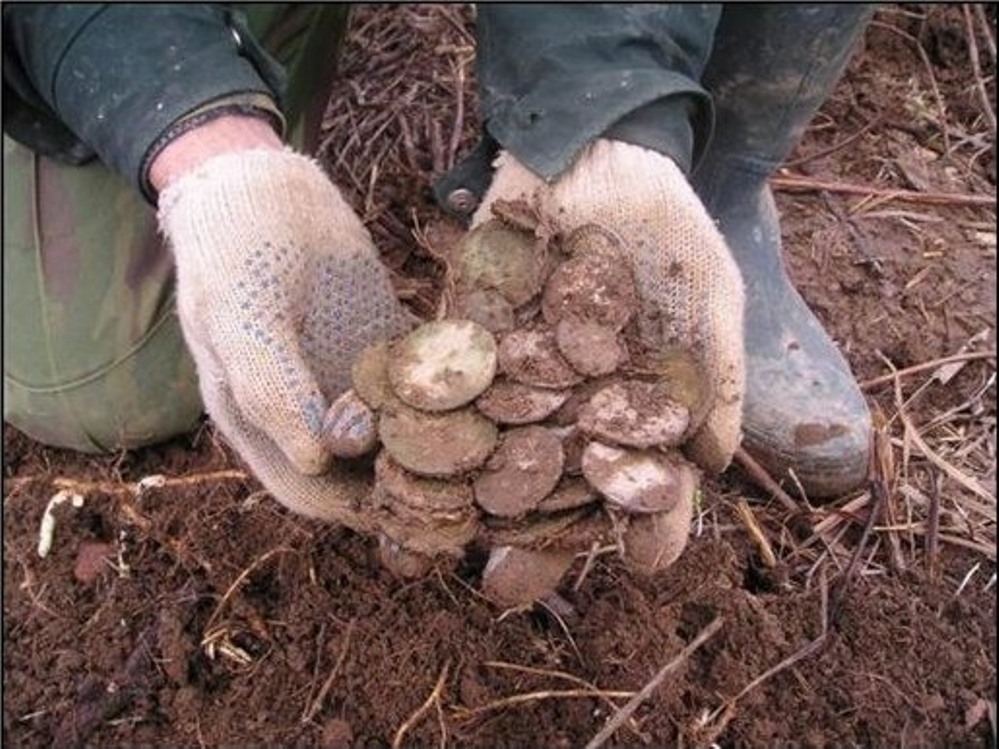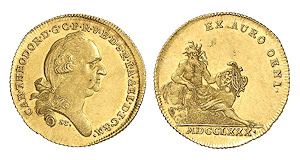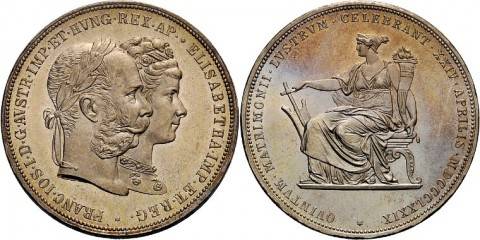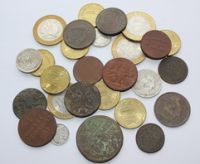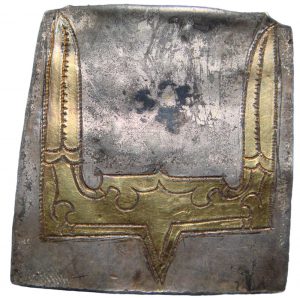carving directly
European coins and medals (XVI-XXI century)
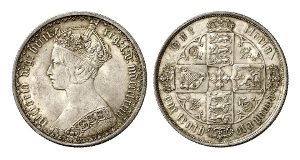 New time in numismatics begins in Europe around 1500 in the lands of the Habsburgs. In 1486, by order of the Archduke Sigismund (1439-1490), the Tyrolean guldengros was minted. It was the world’s first full-weighted silver coin, corresponding in value to the Rhine gold guilder. This coin became a model of European coins in the next 400 years.
New time in numismatics begins in Europe around 1500 in the lands of the Habsburgs. In 1486, by order of the Archduke Sigismund (1439-1490), the Tyrolean guldengros was minted. It was the world’s first full-weighted silver coin, corresponding in value to the Rhine gold guilder. This coin became a model of European coins in the next 400 years.
The name of this successful coin comes from the name of the location of the silver mines of Joachimstal, which were owned by the von Schlick counts. Hence the name “thaler”. Continue reading
Byzantine coins (ca. 500-1453)
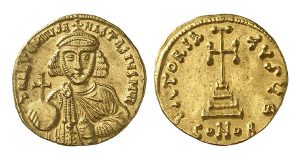 The fall of the Roman Empire was in the late Middle Ages, at least in the east of Europe. After the death of Emperor Theodosius I in 395, the Roman Empire was divided into two parts, and in its eastern part a “Byzantine Empire” was formed, the name of which comes from the original name of the capital “Byzantium”. At the same time, the “Byzantine” empire became known only in the historical science of modern times. The Byzantines themselves always considered and called themselves “Romans” and never “Byzantines”. Continue reading
The fall of the Roman Empire was in the late Middle Ages, at least in the east of Europe. After the death of Emperor Theodosius I in 395, the Roman Empire was divided into two parts, and in its eastern part a “Byzantine Empire” was formed, the name of which comes from the original name of the capital “Byzantium”. At the same time, the “Byzantine” empire became known only in the historical science of modern times. The Byzantines themselves always considered and called themselves “Romans” and never “Byzantines”. Continue reading
Roman coins (III century BC – V century AD)
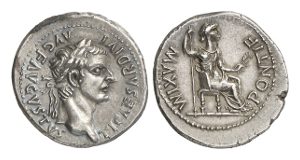 The Roman Empire dominated most of the ancient world known to us for over 500 years and exerted a decisive influence on the economy, art and culture of Europe in subsequent centuries. In the area of coin minting and in money making in general, the Romans also laid the foundations for their subsequent development.
The Roman Empire dominated most of the ancient world known to us for over 500 years and exerted a decisive influence on the economy, art and culture of Europe in subsequent centuries. In the area of coin minting and in money making in general, the Romans also laid the foundations for their subsequent development.
The most ancient Roman coins were cast in bronze (the so-called “heavy bronze”, Aes grave), and the image on them contained an indication of dignity in assa (the ass was equal to one pound) and ounces (1/12 assa). Continue reading
